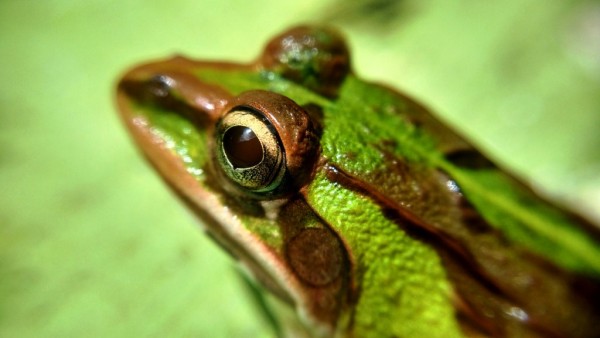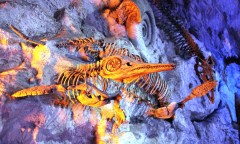By Jenia Cane, | March 13, 2017

The mass mortality has been noted in Serra da Estrela, a mountain range, considered to be the highest in Portugal.
The latest deaths of amphibians in Portugal could be possibly caused by a new ranavirus. A recent study revealed that this particular strain has affected a number of species, including fish and reptiles.
The mass mortality has been noted in Serra da Estrela, a mountain range, considered to be the highest in Portugal. Described as "hypervirulent," the new strain of ranavirus has reportedly made the situation even complicated.
Like Us on Facebook
In a study published in "Scientific Reports," Jaime Bosch, a researcher at the National Museum of Natural Sciences and co-author of the study, posed an alarm.
"Ranaviruses have been known about for a long time, although in recent years globalisation is setting off mass mortalities throughout the world, and new strains also keep appearing, probably from Asia," he said. "They have probably been infecting amphibian populations in Spain for several decades. In 1992 we discovered what turned out to be the first known case in our country, although at the time we didn't even know exactly which organism caused the problem."
While the condition is said to be alarming, this is not the first time that this happened. In 2009, a ranavirus outbreak affected hundreds of amphibians, particularly midwife toads or Alytes obstetricans.
In autumn 2011, widespread death of amphibians inside the park of Serra da Estrela was reported. It was initially thought that the deaths was caused by the chytrid fungi infection. However, it was later discovered through tests that a ranavirus could have prompted the situation.
Back in September 2016, reports surfaced that the death of the amphibians was not triggered alone by the destruction of their habitat, but also by diseases. A rabies-like virus was, in fact, cited as a possible cause.
"This is the first-ever detection of rhabdovirus in amphibians, alerting us that imported animals are susceptible to this class of viruses and need to be closely monitored for infection," Hon Ip, head of diagnostic virology at the U.S. Geological Survey National Wildlife Health Center in Madison, Wisconsin, said.
-
Use of Coronavirus Pandemic Drones Raises Privacy Concerns: Drones Spread Fear, Local Officials Say

-
Coronavirus Hampers The Delivery Of Lockheed Martin F-35 Stealth Fighters For 2020

-
Instagram Speeds Up Plans to Add Account Memorialization Feature Due to COVID-19 Deaths

-
NASA: Perseverance Plans to Bring 'Mars Rock' to Earth in 2031

-
600 Dead And 3,000 In The Hospital as Iranians Believed Drinking High-Concentrations of Alcohol Can Cure The Coronavirus

-
600 Dead And 3,000 In The Hospital as Iranians Believed Drinking High-Concentrations of Alcohol Can Cure The Coronavirus

-
COVID-19: Doctors, Nurses Use Virtual Reality to Learn New Skills in Treating Coronavirus Patients











